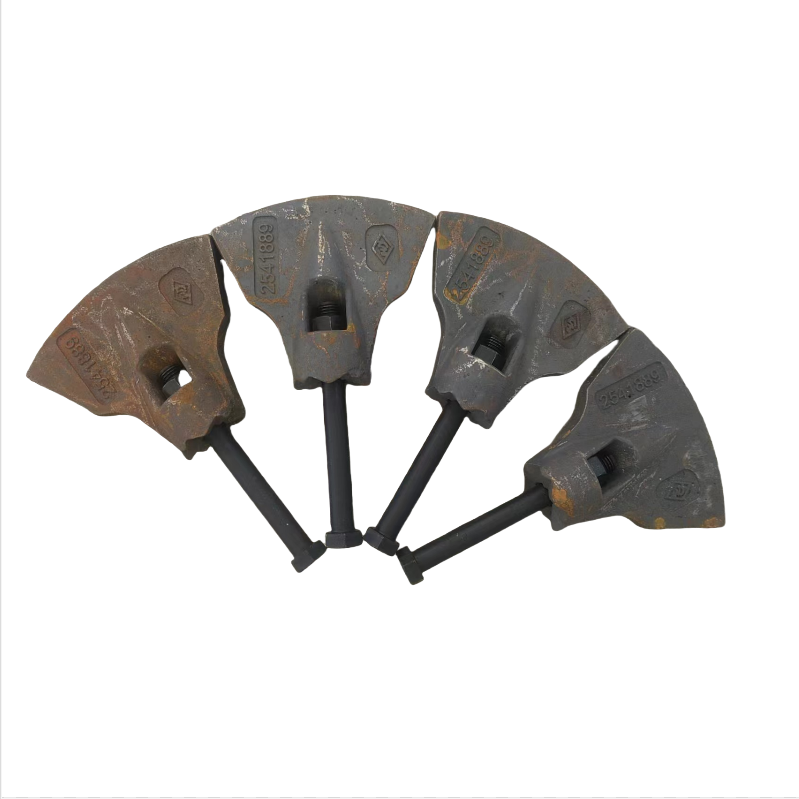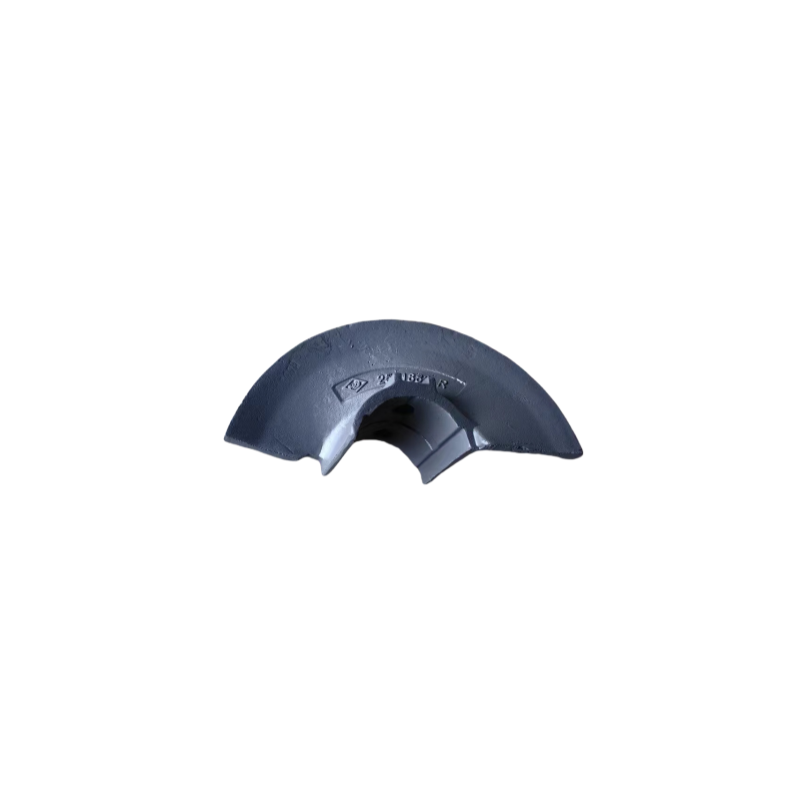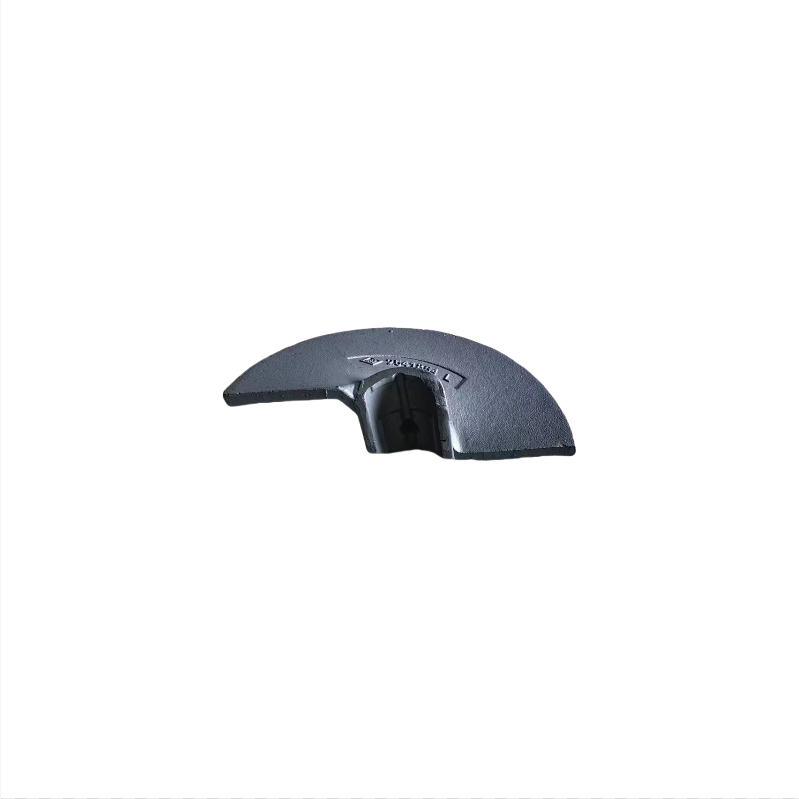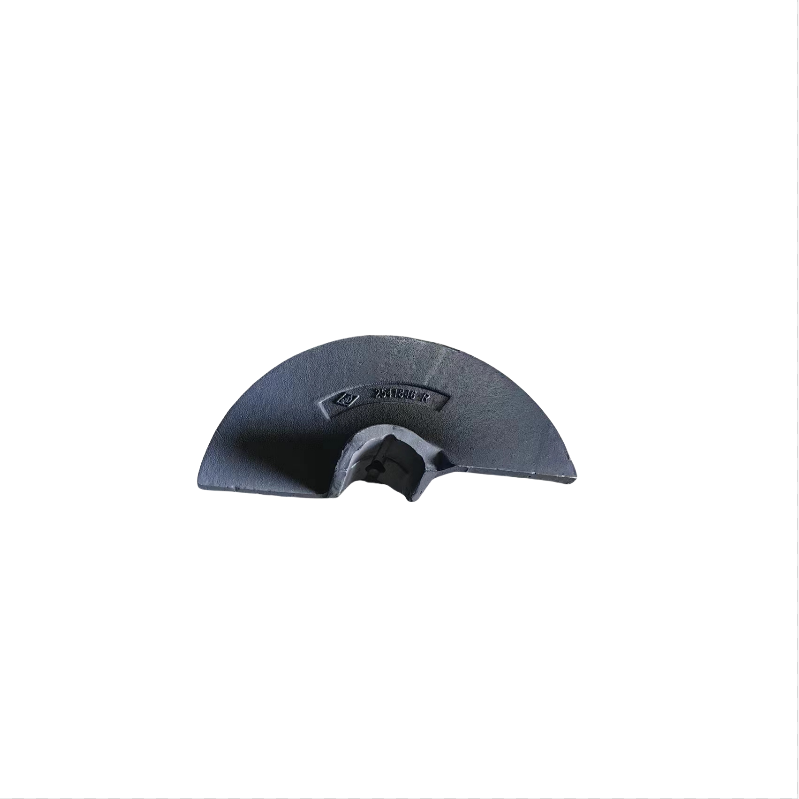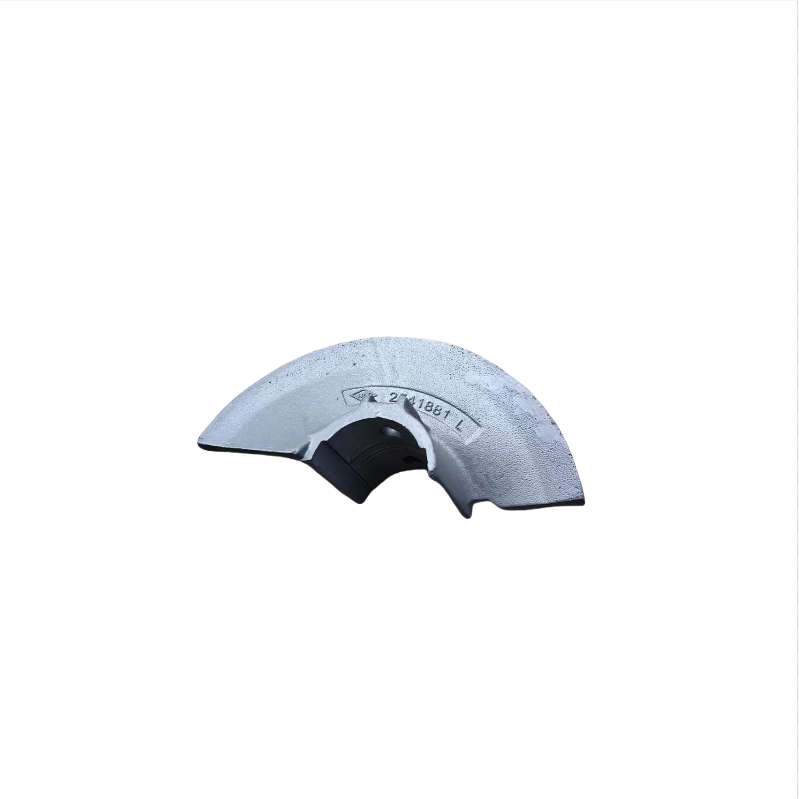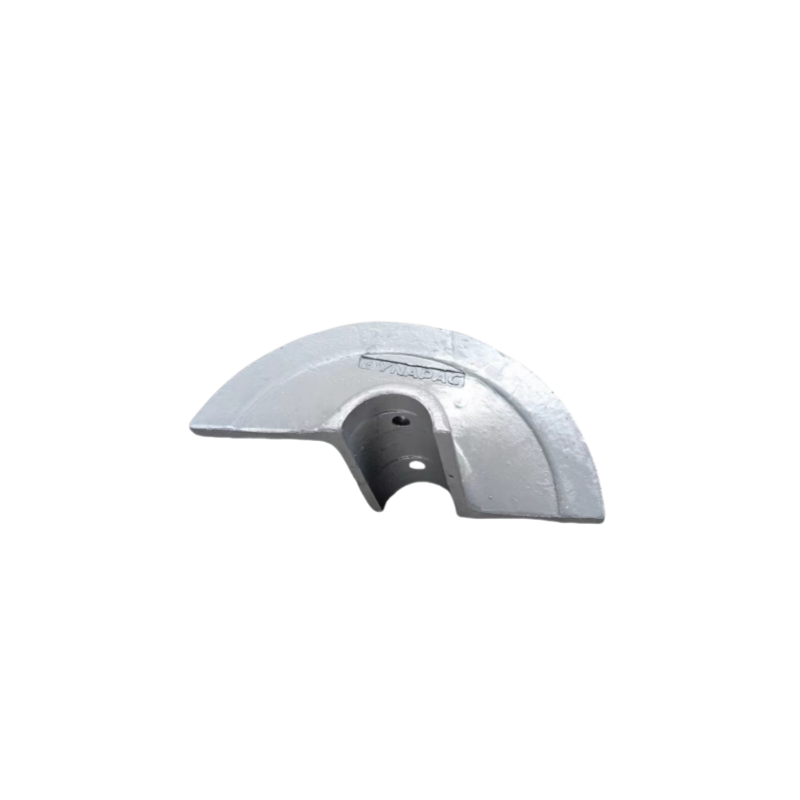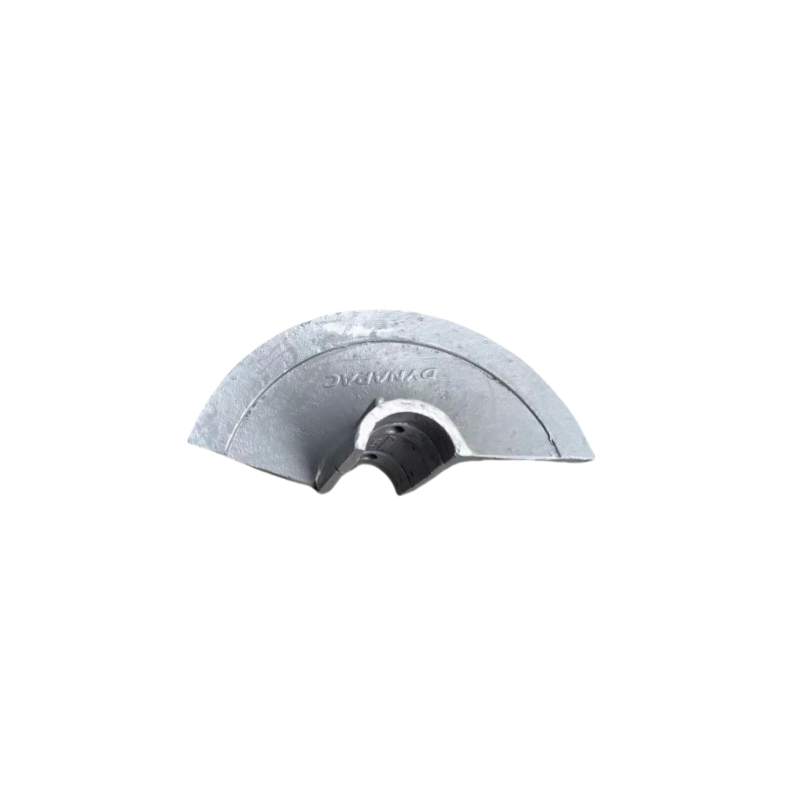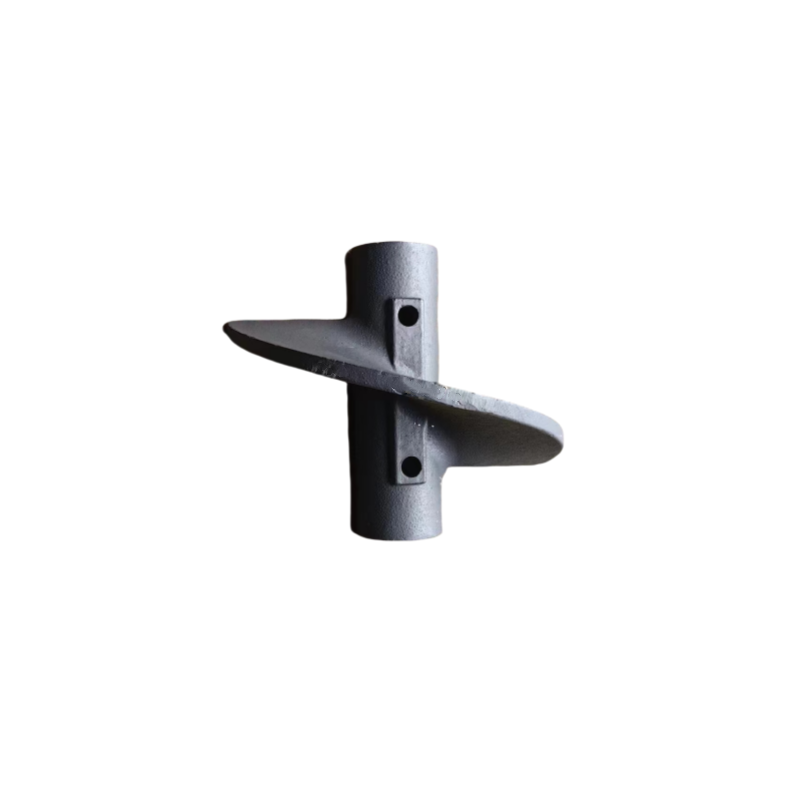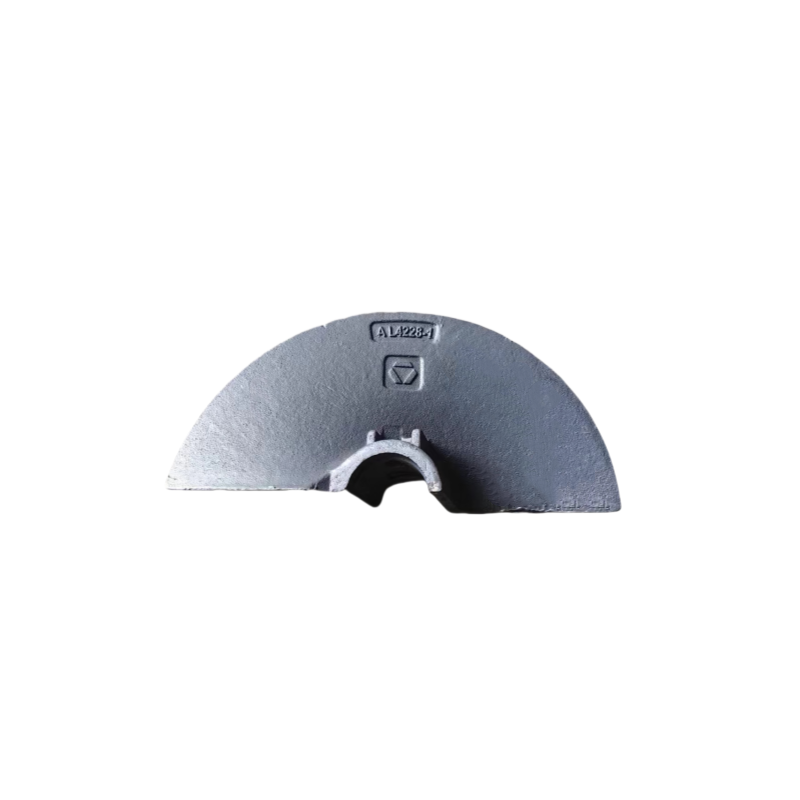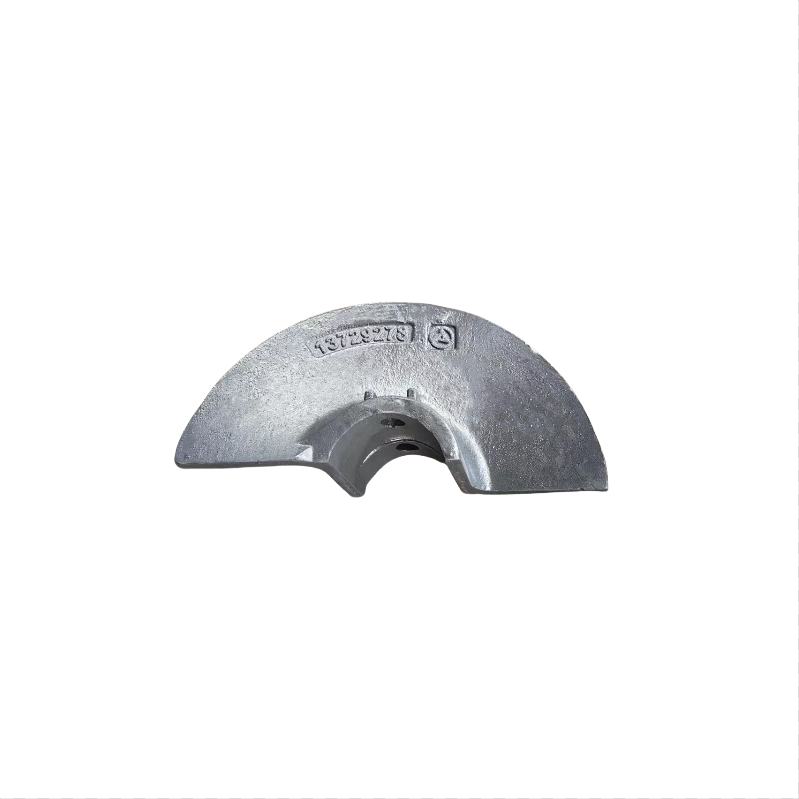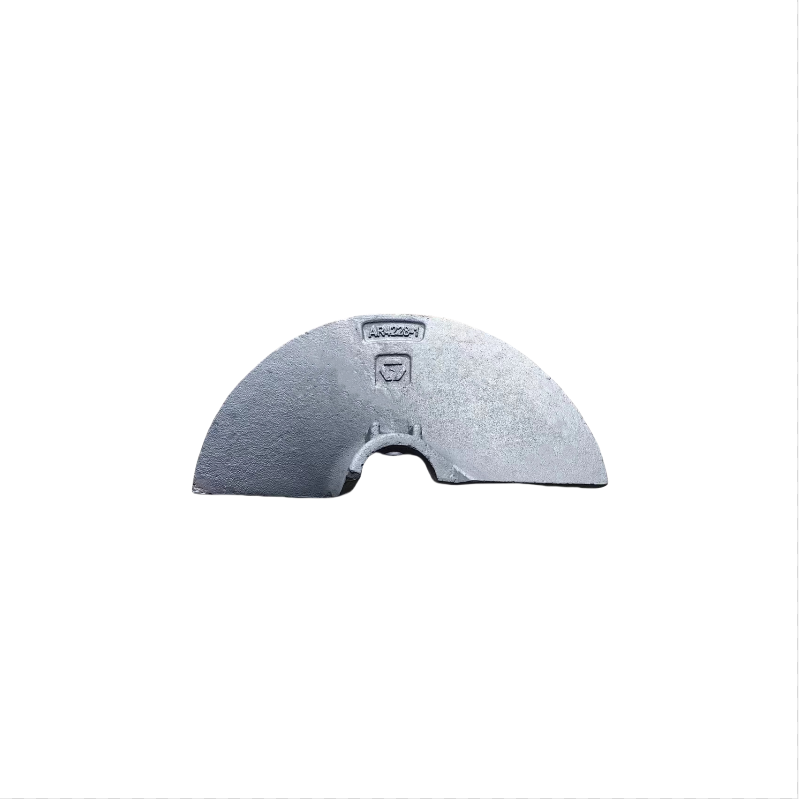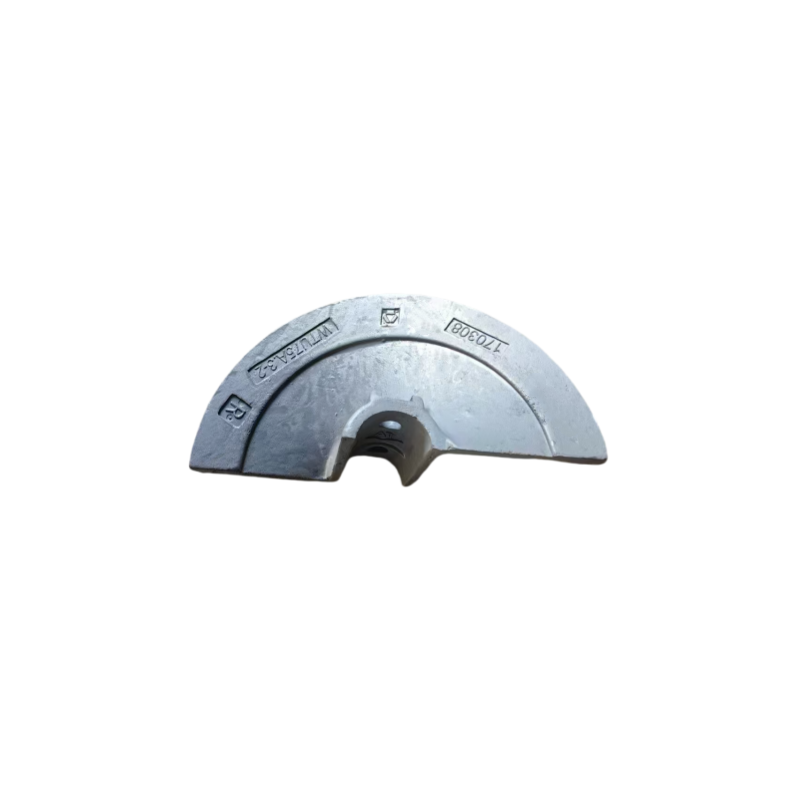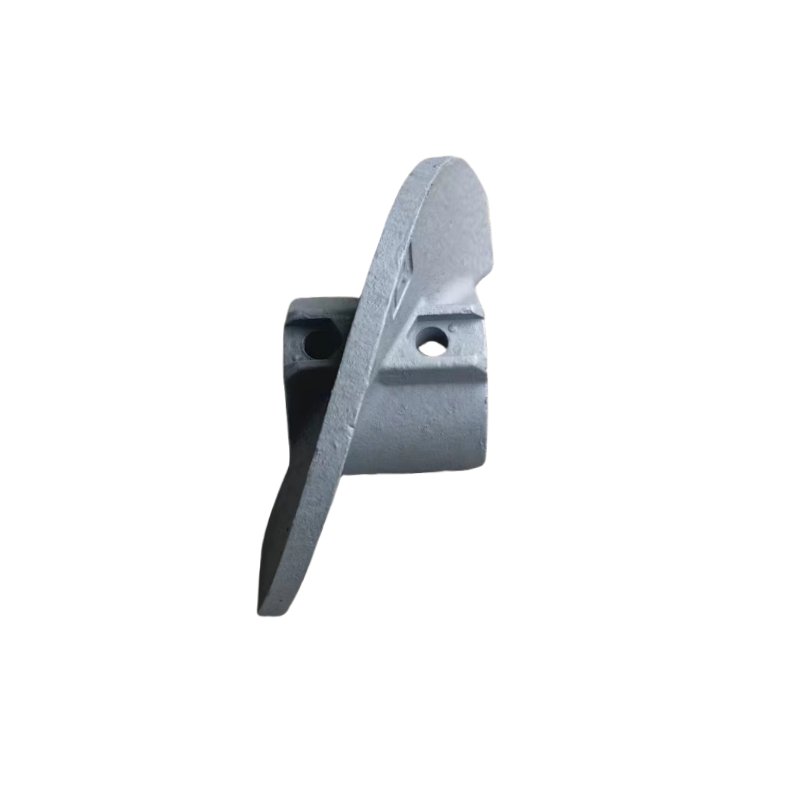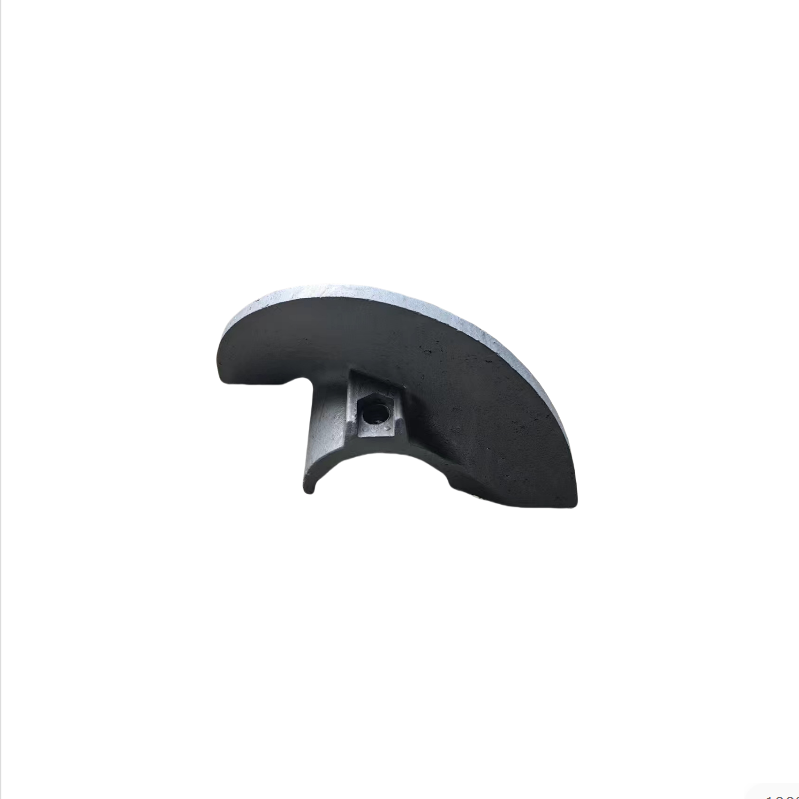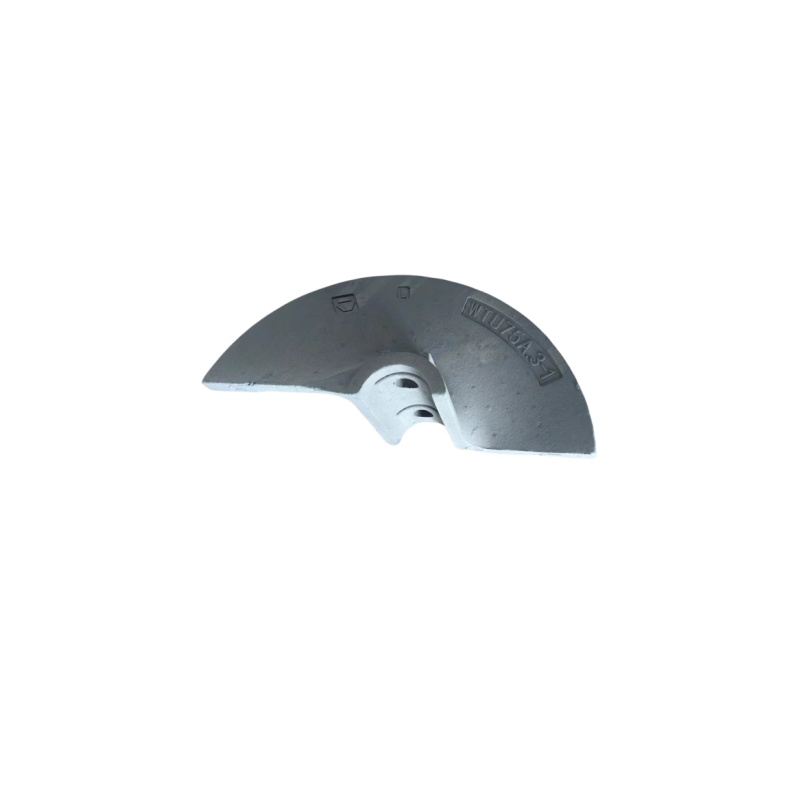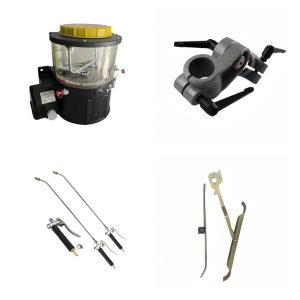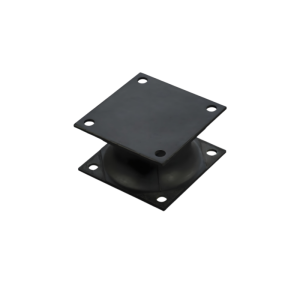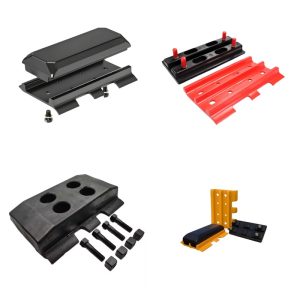- The core function of spiral blades
✅ Uniform distribution: Transport the asphalt mixture horizontally during rotation to avoid accumulation or segregation.
✅ Control paving thickness: By adjusting the speed and blade height, adapt to paving requirements of different thicknesses (3-30cm).
✅ Reduce material segregation: Optimizing blade design can prevent coarse/fine aggregate separation and improve road surface uniformity.
✅ Suitable for different mixtures: Suitable for ordinary asphalt, SMA (Asphalt Mastic), modified asphalt and other materials. - Types and characteristics of spiral blades
Type characteristics Applicable scenarios
The standard straight blade structure is simple, low-cost, and has strong universality. Ordinary asphalt paving (AC-13/20)
Bend the blade end to enhance the edge fabric effect and reduce segregation during wide spreading (≥ 8m)
Reversible blades can be used for both forward and reverse rotation, and the direction can be changed after wear to extend the service life under high wear conditions (such as SMA paving)
Wear resistant alloy blade surface is welded with hard alloy (such as tungsten carbide), which increases the service life by 2-3 times with a mixture containing coarse aggregates
Segmented blade modular design, easy replacement of individual pieces, reduces maintenance costs for large pavers (such as Vogel) - Key performance parameters
texture of material:
Basic version: 60Mn, 65Mn high carbon steel (hardness HRC45-50).
Wear resistant version: alloy steel+tungsten carbide coating (hardness HRC55-60).
Size:
Diameter: usually 200~400mm (matching paver model).
Pitch: affects fabric speed, commonly ranging from 150 to 300mm.
Speed regulation:
Generally 20~60rpm, it needs to be adjusted according to the paving speed and type of mixture.


